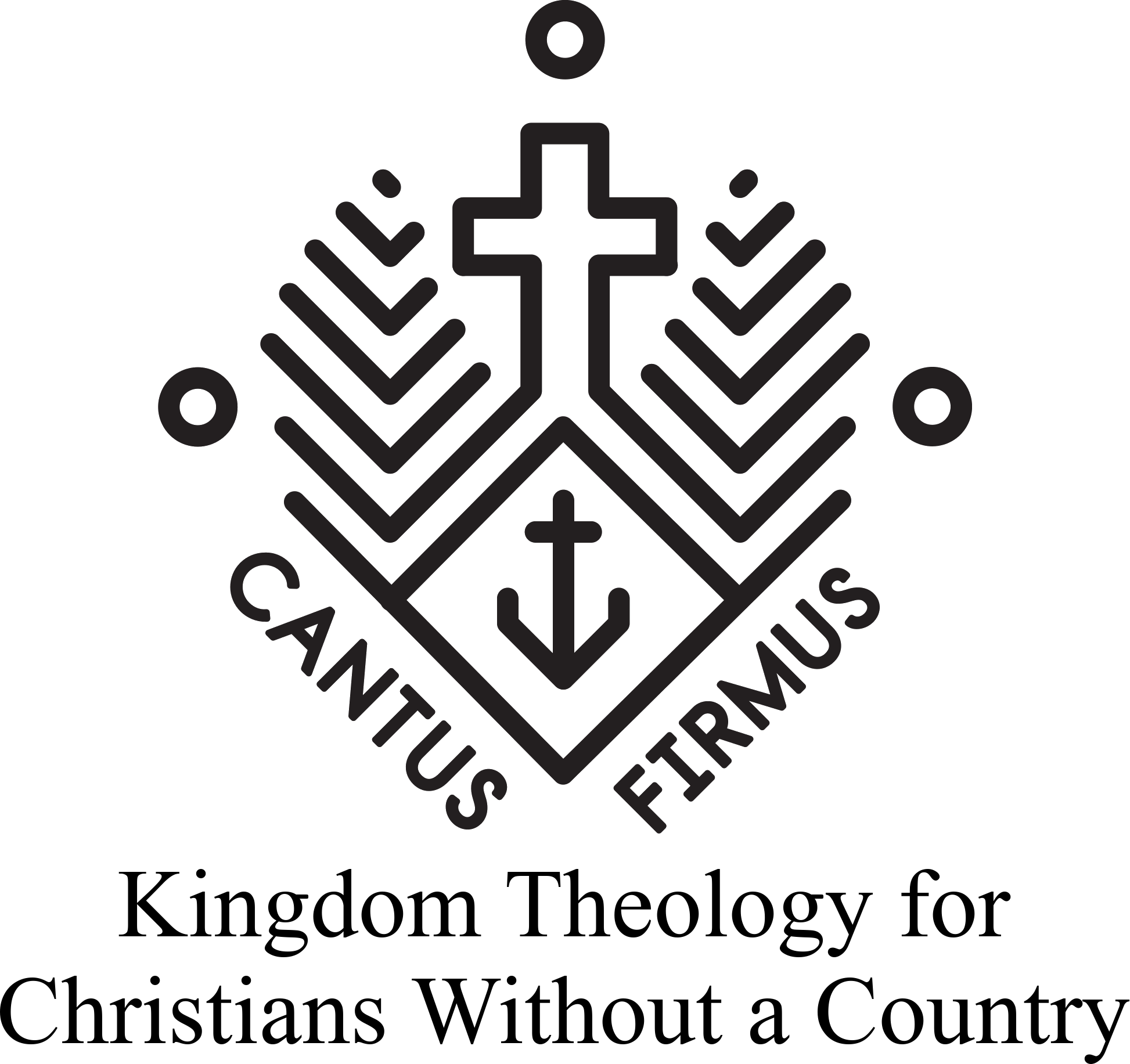In the Hebrew Bible, much is made of sacred space and sacred time. The tabernacle where God dwelt was positioned right in the middle of the tribes whenever they stopped to rest in the wilderness. Soon the tabernacle gave way to the temple, a building which stayed in one location and had to be properly cleansed with regular rituals for God’s presence to remain there. As for sacred time, the Israelites were commanded to arrange their lives around yearly holidays, monthly observances, and weekly Sabbath rests. Within the common ordering of their lives, something special broke in on these holy days.
Through the process of secularization, the west has largely lost this sense of sacred space and sacred time. In some cases, we’re the better for it. After all, God no longer dwells in buildings but in His people, an important theological concept that we should never lose sight of.
On the other hand, we have forgotten that time and space have any significance at all. Every event in our lives is arranged somewhere in time and somewhere in space, gaining their importance from their relationships to each other. By making all time and space common and utilitarian, we have become blind to their significance, even to the meaning that we unknowingly give them ourselves. Note the illustration below:

In the drawing above, we see in the top right panel an example of how living spaces were once oriented before the advent of television. People could be arranged around each other and the relationships we had together were the focal point. Compare that to the common arrangement of living rooms now–we sit looking away from each other and at our television set. Both of these arrangements–these uses of space–carry meaning. They are not insignificant or accidental. They tell us what is the center of our domestic experience.
Something similar can be said for how we arrange our churches. The bottom left panel is a traditional cruciform church. Beyond the intentional crucifix-shaped design, the arrangement of people and objects communicates a message–the altar is central and the priest (despite the claim that Catholicism, unlike protestantism, is centered around men in authority) is off to the side when he speaks his own words. This says something about the centrality of the altar to their theology–the mass is the main event, not the preacher or the message preached. In contrast, many evangelical churches are oriented toward a preacher who takes center stage. Positively, you can say that the preacher is in the center because the proclaiming of God’s word is central to evangelical churches. On the other hand, there is something to be said for a church which places a stage or pulpit where a man’s speaking becomes the center of our worship experience.
Low church evangelicals (evangelicals who reject much of the traditional church calendar and rituals) commonly criticize liturgy. Liturgy, to put it simply, is the form or structure of our worship–those things we do over and over again to orient ourselves around the object of our love.
These evangelicals often tell us that liturgy facilitates idolatry or legalism. Instead of having a liturgy, they (usually) unwaveringly and inflexibly advocate a format which is centered around the performances of musicians and preachers and the laity must be quiet or are drowned out by electric guitars. They tell us that in this non-traditional, non-liturigical format we can worship God more freely. The irony, of course, is that anything which we do habitually to orient ourselves to what’s most important to us is a liturgy. When we grab our phones in the morning and constantly throughout the day to check our email or social media, that’s a kind of liturgy–it communicates what the object of our devotion is. In our churches, whatever we fill our time with, even if it’s spontaneous sharing and conversation, is a liturgy. It’s our way of saying, “this is important to us. This is the best way for us to use this time and space.”
If this is so, then a low church structure is not more free–whether we spend our time listening to a preacher or reciting the Nicene creed, a formal order must be kept–but it may be less thoughtful. Churches which carve out time to focus on and repeat what is important to them are being intentional, not legalistic. In contrast, churches which insist that they don’t have traditions while rigidly holding to them have very likely created a structure for worship that is less spiritual and less beneficial for discipleship and understanding, all while patting themselves on the back and thanking God that they aren’t like the Anglican man who stands up when the Bible passes between the pews.
Since we all have a liturgy, let’s think carefully about the form we want it to take. Should we dedicate time for preaching, singing, celebrating the Lord’s supper, free and open sharing, or the recitation of our most cherished creeds and doctrines? Why or why not? What do our choices say about what’s important to us?
And whether we eat or drink, recite the creeds or listen to a preacher, share openly or keep quiet, sing together or listen to a band, let us do it for the glory of God. The time and space we set aside for our encounter with God is sacred. Let’s treat it that way.
